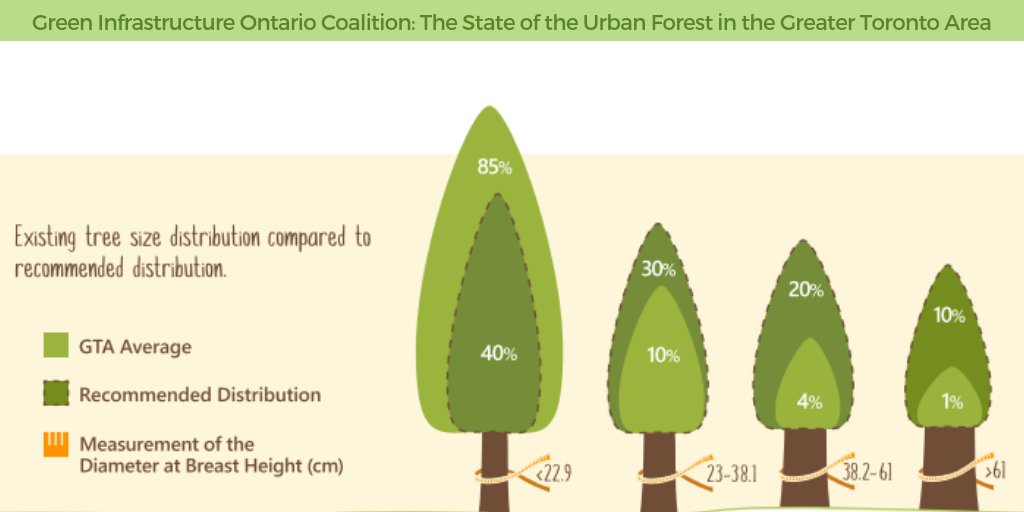Determine Crucial Signals That May Recommend Your Tree Is Dangerous; Comprehending These Can Assist Make Certain The Security Of Your Residential Or Commercial Property And Loved Ones.What Should You Observe Next?
Determine Crucial Signals That May Recommend Your Tree Is Dangerous; Comprehending These Can Assist Make Certain The Security Of Your Residential Or Commercial Property And Loved Ones.What Should You Observe Next?
Blog Article
Web Content Create By-Winther Cormier
When it comes to tree treatment, identifying the indicators that it's time for removal is necessary for your security and residential property. You could notice tarnished leaves, wilting branches, or strange fungal growths suggesting illness. Architectural concerns, like a significant lean or cracks in the trunk, can also present threats. Recognizing these warning signs can help you make informed decisions about your trees and protect against potential threats hiding in your backyard. What should you search for following?
Indicators of Degeneration and Condition
When you observe indicators of degeneration and condition in your trees, it's vital to act quickly. Prune Pine Tree stained fallen leaves, wilting branches, or uncommon growths like fungus. These can indicate that your tree is having a hard time.
If you see cracks in the bark or soft, mushy wood, these symptoms suggest inner degeneration. Additionally, https://willbleachhurttrees74951.blogdal.com/35747021/the-complete-refine-of-tree-stump-elimination-what-you-required-to-know in parasites around your tree can indicate that it's damaged and at risk.
Check for any type of dead or passing away arm or legs, as they position a threat to your building and safety. If you're uncertain about what you see, getting in touch with an arborist can give clearness.
Addressing these indications early can conserve you from more substantial damages and ensure the wellness of your backyard. Don't wait till it's too late.
Structural Instability and Leaning
As you observe your trees, keep an eye out for any indications of structural instability or leaning. If a tree leans substantially, it may suggest that the origin system is compromised.
Try to find any splits in the trunk or dirt around the base; these can signal possible failing. Additionally, check for uncommon development patterns, like an uneven crown, which might recommend that the tree is struggling to hold itself upright.
If you see that the tree favors your home, power lines, or various other frameworks, it postures a higher danger. Don't disregard these indicators-- seek advice from an arborist to examine the situation.
Doing something about it early can stop expensive damage and guarantee your safety and security.
Dead or Dying Branches and Foliage
If you observe dead or dying branches and foliage on your tree, it's a clear sign that something's wrong.
These unhealthy locations can suggest underlying problems like illness, parasite problems, or environmental stress and anxiety. When branches shed their fallen leaves or turn brown, they're no more adding to the tree's wellness. Disregarding these signs could result in additional decline, making your tree much more unsafe.
Dead branches can quickly break off throughout storms, presenting a danger to building and people close by. It's important to analyze the level of the damages.
If the problem affects a significant part of the tree, consider consulting an expert. They can help figure out if removal is necessary to make sure safety and security and preserve the charm of your landscape.
Final thought
If you see any kind of indicators of decay, architectural instability, or dead branches on your trees, don't overlook them. These signs can present significant safety and security threats to you and your building. It's constantly best to seek advice from an expert arborist that can supply an expert evaluation of your trees. Taking action early can avoid crashes and costly damage, ensuring your landscape continues to be safe and healthy and balanced. Read More In this article in mind, it's far better to be proactive concerning tree treatment than to await a calamity to happen.
